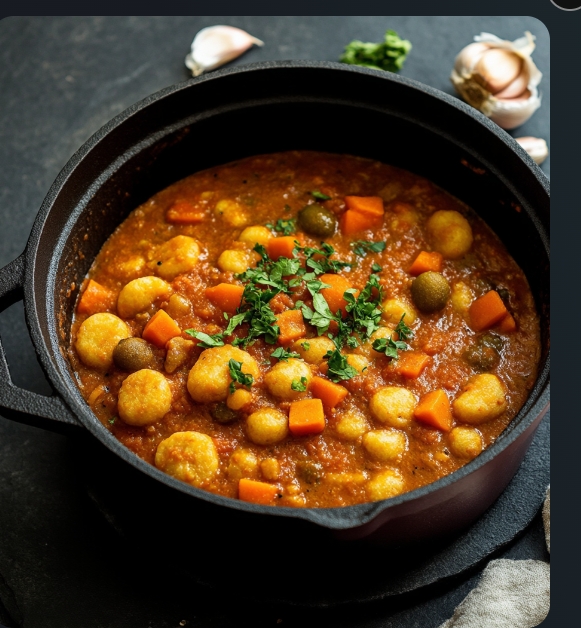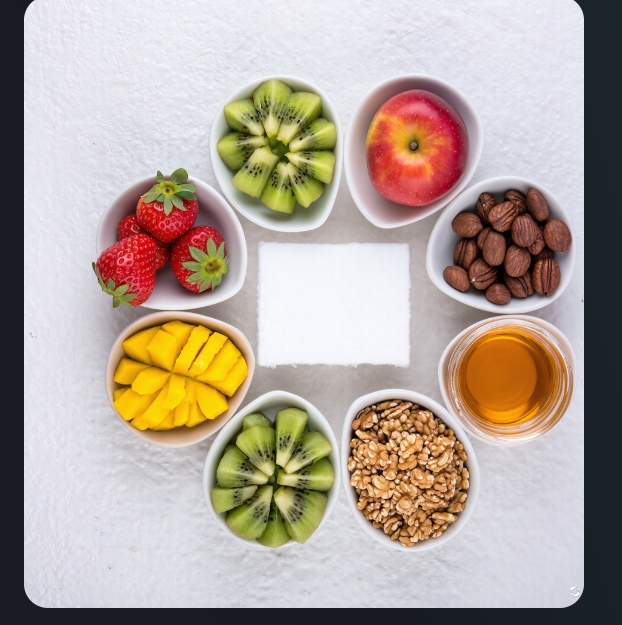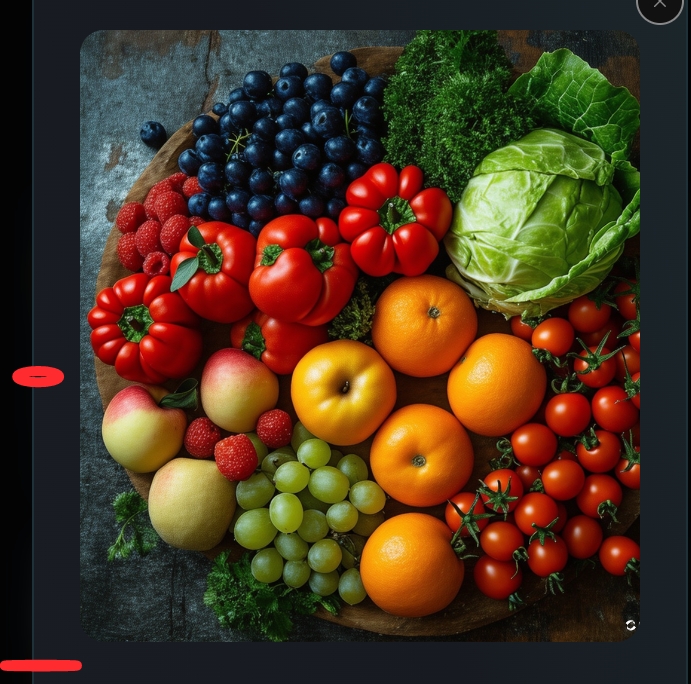
Seasonal Ingredients: Recipes Highlighting Fruits and Vegetables in Season
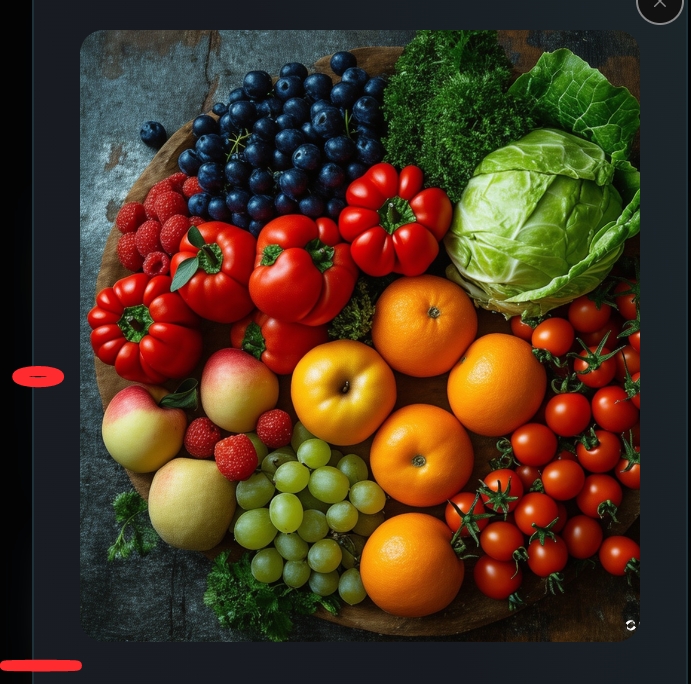

Meta Description: Discover the deliciousness of seasonal eating! This guide features mouthwatering recipes showcasing the best fruits and vegetables in season, along with tips for maximizing flavor and nutritional value. Eat seasonally, eat deliciously!
Keywords: seasonal eating, seasonal ingredients, seasonal recipes, seasonal fruits, seasonal vegetables, in-season produce, seasonal food, local food, farm-to-table, healthy eating, nutrition, recipes, cooking, spring recipes, summer recipes, fall recipes, winter recipes, spring vegetables, summer fruits, fall fruits, winter vegetables
Introduction:
Seasonal eating—choosing fruits and vegetables that are in their peak season—offers a multitude of benefits. Not only does it support local farmers and reduce your carbon footprint, but it also enhances the flavor and nutritional value of your meals. In-season produce tastes better because it’s harvested at its optimal ripeness, resulting in a more intense flavor and vibrant color. Furthermore, seasonal fruits and vegetables are often more nutrient-dense, as they haven’t traveled long distances or been stored for extended periods. This comprehensive guide explores the joys of seasonal eating, providing delicious recipes that highlight the best produce each season has to offer.
Part 1: The Benefits of Seasonal Eating
Beyond the superior taste and nutritional value, embracing seasonal eating offers several compelling advantages:
- Enhanced Flavor and Texture: Fruits and vegetables picked at their peak ripeness boast a superior flavor profile and optimal texture. This translates to more satisfying and enjoyable meals.
- Increased Nutritional Value: Seasonal produce is often richer in vitamins, minerals, and antioxidants compared to out-of-season produce that has been stored or transported over long distances.
- Support for Local Farmers: Buying locally sourced, seasonal produce directly supports your community’s farmers and strengthens local economies.
- Reduced Environmental Impact: Seasonal eating reduces the environmental impact associated with transporting produce long distances, lowering your carbon footprint.
- Variety and Culinary Exploration: Seasonal eating encourages culinary creativity and exploration, as you’ll be working with a constantly changing array of ingredients.
Part 2: Seasonal Produce Guide & Recipe Inspiration
This section provides a seasonal guide to fruits and vegetables, along with recipe ideas to inspire your culinary adventures. Remember that the exact timing of peak season can vary slightly depending on your geographic location.
Spring:
- Asparagus: Grilled Asparagus with Lemon and Parmesan, Asparagus and Pea Risotto, Creamy Asparagus Soup.
- Strawberries: Strawberry Shortcake, Strawberry Salsa, Strawberry Spinach Salad.
- Radishes: Radish and Cucumber Salad, Roasted Radishes with Herbs, Radish Top Pesto.
- Peas: Pea and Mint Salad, Pea and Pancetta Pasta, Fresh Pea Soup.
Summer:
- Tomatoes: Caprese Salad, Bruschetta, Roasted Tomato Soup.
- Corn: Grilled Corn on the Cob, Corn and Black Bean Salad, Corn Fritters.
- Watermelon: Watermelon Gazpacho, Watermelon and Feta Salad, Watermelon Agua Fresca.
- Zucchini: Zucchini Bread, Zucchini Noodles with Pesto, Stuffed Zucchini Boats.
- Berries (Blueberries, Raspberries, Blackberries): Berry Cobbler, Berry Smoothie, Berry Crisp.
Fall:
- Squash (Butternut, Acorn, Spaghetti): Roasted Butternut Squash Soup, Stuffed Acorn Squash, Spaghetti Squash with Sausage and Spinach.
- Apples: Apple Pie, Apple Crisp, Apple Sauce, Caramel Apples.
- Pumpkins: Pumpkin Pie, Pumpkin Bread, Pumpkin Chili.
- Brussels Sprouts: Roasted Brussels Sprouts with Balsamic Glaze, Brussels Sprouts Salad with Bacon, Shaved Brussels Sprouts with Parmesan.
- Cranberries: Cranberry Sauce, Cranberry Relish, Cranberry Muffins.
Winter:
- Root Vegetables (Carrots, Parsnips, Rutabagas): Roasted Root Vegetables, Root Vegetable Stew, Carrot Cake.
- Citrus Fruits (Oranges, Grapefruits, Lemons): Citrus Salad, Citrus Marmalade, Citrus Vinaigrette.
- Kale: Massaged Kale Salad, Kale Chips, Kale and White Bean Soup.
- Cabbage: Cabbage Rolls, Coleslaw, Braised Cabbage with Apples.
- Pomegranates: Pomegranate Salad, Pomegranate Molasses, Pomegranate Juice.
Part 3: Recipe Examples
(Note: These are simplified examples. Detailed recipes can be found online.)
Recipe 1: Grilled Asparagus with Lemon and Parmesan
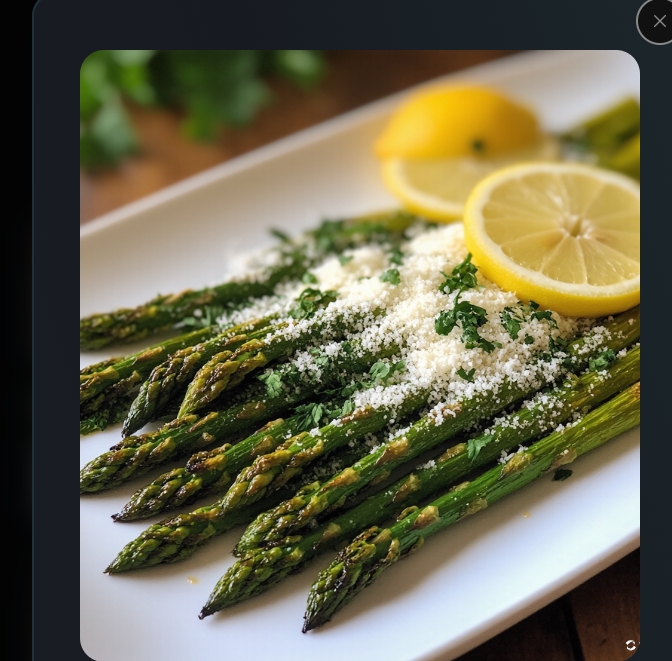
- Ingredients: 1 pound asparagus, 2 tablespoons olive oil, 1 lemon (juiced and zested), 1/4 cup grated Parmesan cheese, salt and pepper to taste.
- Instructions: Preheat grill to medium-high heat. Toss asparagus with olive oil, lemon juice, lemon zest, salt, and pepper. Grill for 5-7 minutes, turning occasionally, until tender-crisp. Top with Parmesan cheese.
Recipe 2: Strawberry Spinach Salad

- Ingredients: 5 ounces baby spinach, 1 cup sliced strawberries, ½ cup crumbled feta cheese, ¼ cup slivered almonds, 2 tablespoons balsamic vinaigrette.
- Instructions: Combine spinach, strawberries, feta cheese, and almonds in a large bowl. Drizzle with balsamic vinaigrette and toss gently.
Recipe 3: Roasted Butternut Squash Soup

- Ingredients: 1 medium butternut squash (peeled, seeded, and cubed), 1 onion (chopped), 2 cloves garlic (minced), 4 cups vegetable broth, 1 teaspoon olive oil, salt and pepper to taste.
- Instructions: Preheat oven to 400°F (200°C). Toss squash and onion with olive oil, salt, and pepper. Roast for 30-40 minutes, or until tender. Add roasted vegetables, garlic, and vegetable broth to a blender and blend until smooth. Season with salt and pepper to taste.
Recipe 4: Massaged Kale Salad
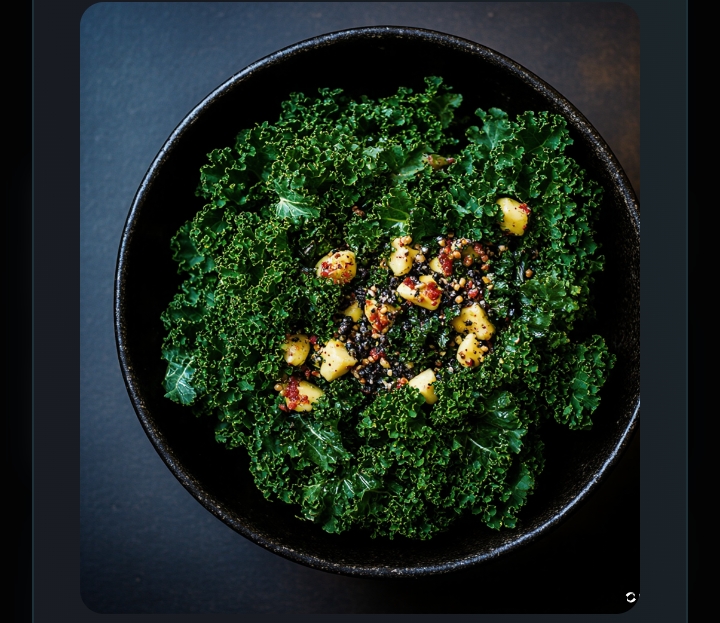
- Ingredients: 1 bunch kale (stems removed and chopped), 2 tablespoons olive oil, 1 tablespoon lemon juice, salt and pepper to taste.
- Instructions: Massage kale with olive oil and lemon juice for 2-3 minutes until tender. Season with salt and pepper. Add other ingredients as desired (e.g., cranberries, sunflower seeds, parmesan cheese).
Part 4: Tips for Maximizing Flavor and Nutrition
- Buy Locally: Support local farmers markets and farm stands for the freshest, most flavorful produce.
- Choose Produce Carefully: Select fruits and vegetables that are firm, unblemished, and free of bruises.
- Store Properly: Store produce correctly to maintain freshness and prevent spoilage. Refer to individual storage guidelines for optimal results.
- Don’t Overcook: Overcooking can diminish the flavor and nutritional value of produce. Aim for tender-crisp vegetables and perfectly ripe fruits.
- Experiment with Different Cooking Methods: Explore various cooking methods to highlight the unique flavors and textures of seasonal ingredients.
Conclusion:
Embracing seasonal eating is a rewarding culinary journey that enhances both the taste and nutritional value of your meals. By incorporating the freshest, in-season produce into your diet, you’ll not only enjoy delicious and healthy meals but also support local farmers and reduce your environmental impact. This guide provides a starting point for your seasonal culinary adventures. Explore the diverse range of fruits and vegetables available throughout the year, experiment with different recipes, and savor the deliciousness of seasonal eating!
